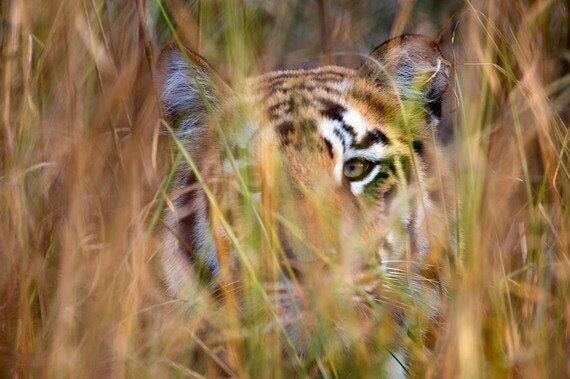
©Jon Nichols
In February 2014, the UK Government will host a land mark international conference focused on the illegal wildlife trade. The aim of this global gathering is to secure a high level political commitment to take urgent action to tackle the illegal wildlife trade.
The London meeting will have a particular focus on tigers, rhinos, elephants and other species whose existence is threatened by illegal poaching. Participants will explore how best to reduce both illegal poaching and consumer demand for endangered wild animals and their body parts.
To find out why this issue is featuring so highly on the global political agenda, read a list of the 10 things you need to know about this issue.
1.Diverse Demand
The illegal wildlife trade is driven by diverse consumer demand for live animals and their body parts. Animals great and small are targeted for traditional medicine, entertainment, wild meat, pets, medical research, and ornamentation.
2.Shocking Scale
The illegal wildlife trade is impossible to quantify as it is conducted by clandestine criminals in operation outside of the law. However, it is estimated that hundreds of millions of animals are poached each year.
3.Species Survival
The illegal wildlife trade is a major conservation challenge. One in five of the world's mammals, birds, reptiles and fish are threatened by extinction. For many, unsustainable harvesting is a major contributing factor.
4.Cruel Commerce
The illegal wildlife trade is a severe animal welfare concern. Cruel methods are employed to illegally capture and kill animals. Those smuggled alive often die en route or at their final destination, succumbing to stress, injury, deprivation, and disease.
5.Human Health
The illegal wildlife trade poses a threat to human health. Around 61% of human pathogens are thought to be of wild origin. Illicit trafficking increases the risk of these and emerging infectious diseases spreading.
6.Local Livelihoods
The illegal wildlife trade has serious economic consequences for natural resource dependent communities. It damages the health of vital ecosystems, drives corruption and undermines sustainable development.
7.Criminal Connections
The illegal wildlife trade is widespread illicit organized activity. Proceeds are often used to support other criminal activities and have been linked to armed groups engaged in internal and cross border activity.
8.Prolific Profit
The illegal wildlife trade is estimated to be worth at least $19billion per year. It has been ranked as the fourth most lucrative global illicit activity behind narcotics, counterfeiting and human trafficking.
9.International Issue
The illegal wildlife trade targets species such as tigers, rhinos and elephants in Asia and Africa. But their bones, horns and tusks are smuggled and sold all over the world including markets in Europe and North America.
10.Developing Demand
The illegal wildlife trade will flourish if increasing consumer demand is left unchecked. Growing human populations and economies in historically poor countries are creating new and lucrative markets.
You can find out more about the UK response to the illegal wildlife trade and their specific commitment to action on this issue by clicking here.
A photo gallery highlighting some of the illegal trade (and other wildlife crime) taking place in London is also provided below.
